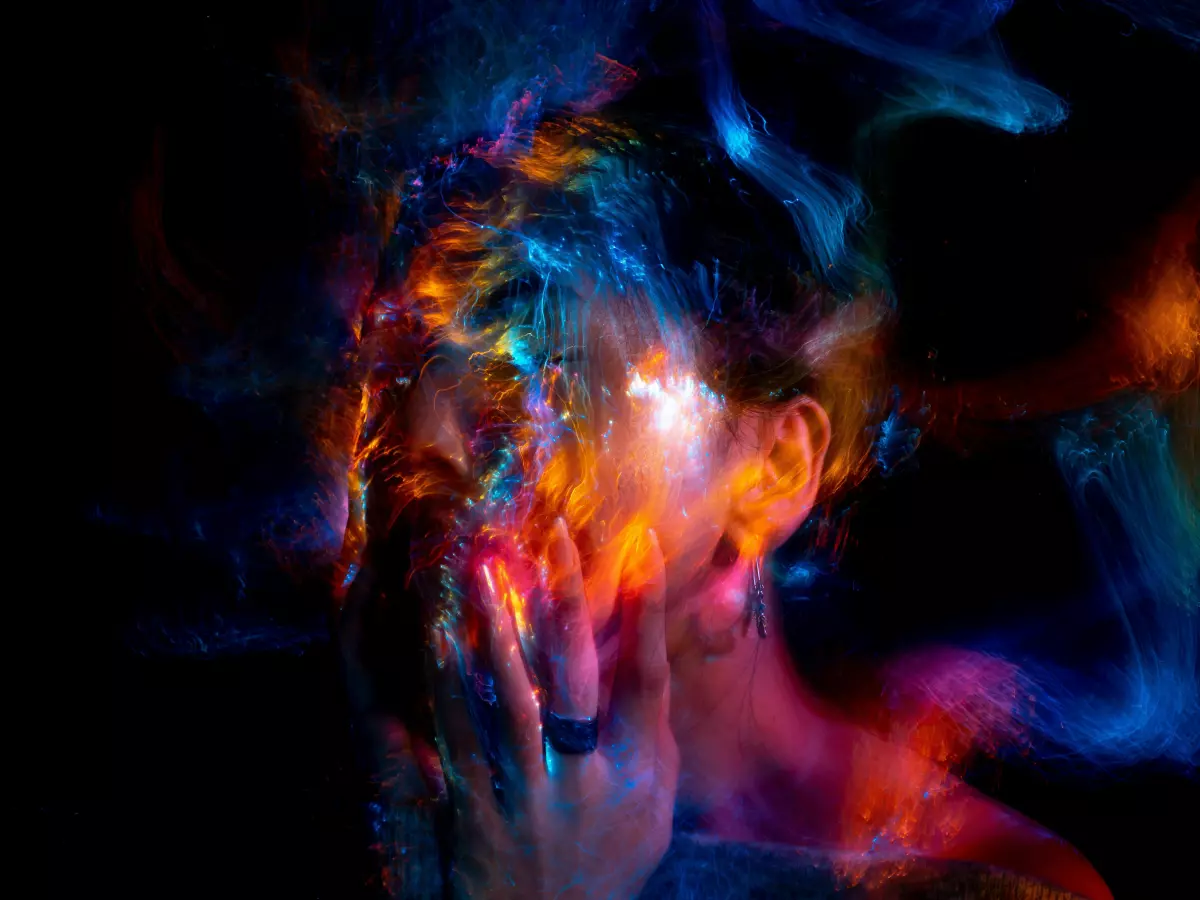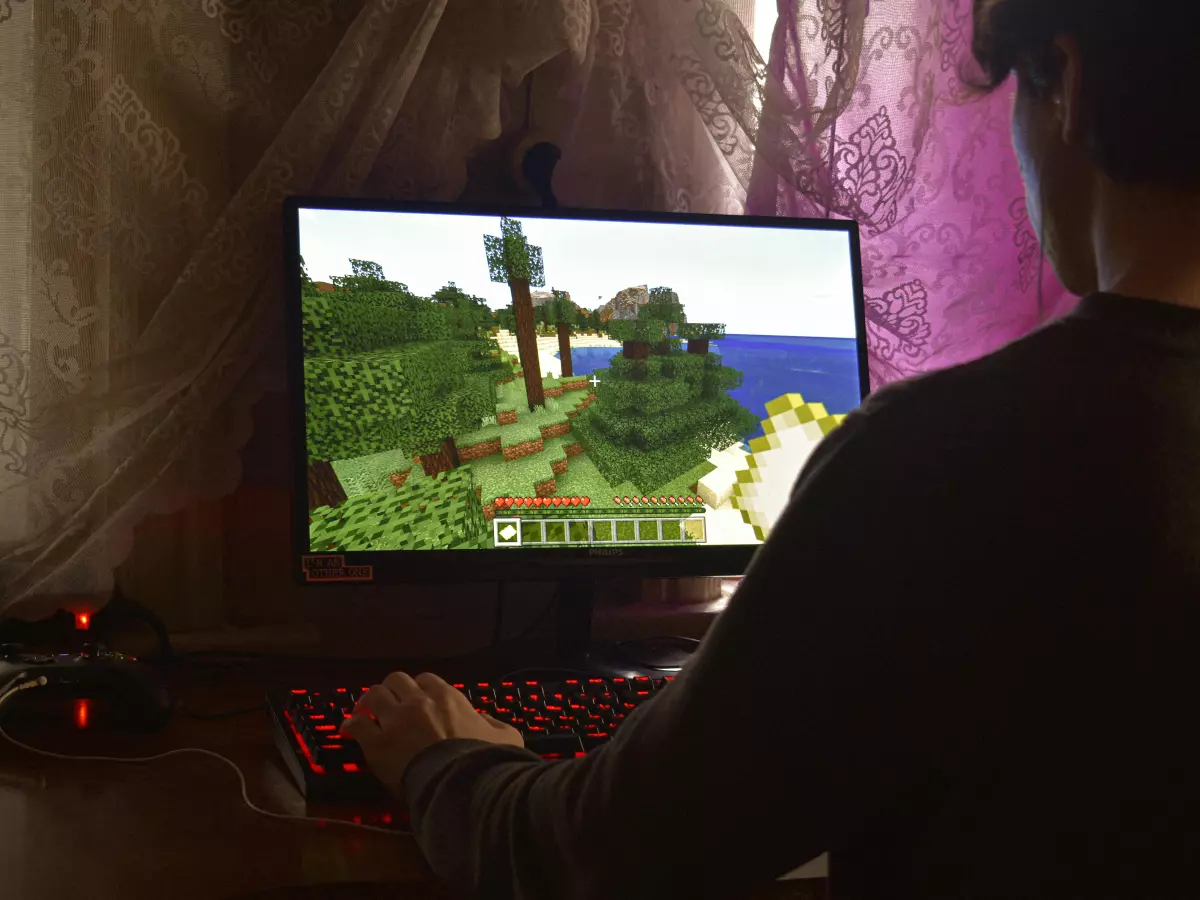Shaders: Gaming's Hidden Magic
Imagine walking through a dense forest in your favorite game. The sunlight filters through the trees, casting soft shadows on the ground, while the leaves sway gently in the wind. You can almost feel the warmth of the sun and the cool breeze on your face. But here's the kicker—none of this is real. It's all thanks to a little-known hero in game development: shaders.

By Carlos Martinez
Shaders are the unsung magicians of the gaming world. They’re the reason why your game’s water looks like it’s rippling, why the shadows shift as you move, and why the textures on that dragon’s scales look so detailed you could swear you feel them. But what exactly are shaders, and why are they so crucial to modern gaming graphics? Buckle up, because we’re about to dive deep into the world of shaders and how they bring your favorite games to life.
What Are Shaders, Anyway?
At their core, shaders are small programs that run on your GPU (Graphics Processing Unit). They’re responsible for calculating how light interacts with surfaces in a game, how textures are applied, and how objects are rendered on your screen. Think of them as the artists behind the scenes, painting every pixel in real-time as you play.
Shaders come in different flavors, but the two most common types are vertex shaders and pixel shaders (also known as fragment shaders). Vertex shaders handle the geometry of a scene—how objects are positioned, rotated, and scaled. Pixel shaders, on the other hand, focus on the details of each pixel, like color, lighting, and texture. Together, they create the stunning visuals that make modern games so immersive.
Shaders: The Real MVP of Realism
Remember that forest scene we talked about earlier? The way the sunlight interacts with the leaves, casting dynamic shadows and creating a sense of depth? That’s all thanks to shaders. They simulate how light behaves in the real world, bouncing off surfaces, casting shadows, and creating reflections. This is what gives games their sense of realism and immersion.
But shaders aren’t just about making things look pretty. They also play a crucial role in performance optimization. By offloading complex rendering tasks to the GPU, shaders free up your CPU to handle other important tasks, like AI and physics calculations. This balance between beauty and performance is what makes shaders so essential to modern game development.
Custom Shaders: The Secret Weapon of Game Developers
One of the coolest things about shaders is that they can be customized to create unique visual effects. Game developers often write their own shaders to achieve a specific look or feel for their games. Want to create a neon-soaked cyberpunk city with glowing lights and reflective surfaces? There’s a shader for that. How about a stylized, hand-drawn world with bold outlines and vibrant colors? Yep, shaders can do that too.
In fact, many of the most iconic visual styles in gaming are the result of custom shaders. Games like Celeste and Hades use shaders to create their distinct art styles, while titles like Control and Cyberpunk 2077 push the boundaries of realism with advanced lighting and reflection techniques.
The Future of Shaders: Real-Time Ray Tracing
If you’ve been paying attention to the gaming world lately, you’ve probably heard the term “ray tracing” thrown around. Ray tracing is a rendering technique that simulates how light behaves in the real world, creating incredibly realistic lighting, shadows, and reflections. And guess what? It’s all powered by shaders.
Real-time ray tracing is the next big leap in gaming graphics, and it’s already being implemented in some of the most visually stunning games out there. Titles like Cyberpunk 2077, Control, and Metro Exodus use ray tracing to create breathtakingly realistic environments. As GPUs become more powerful, we can expect to see even more games adopting this technology, pushing the boundaries of what’s possible in gaming graphics.
Why Shaders Matter to You
So, why should you care about shaders? Well, if you’re a gamer who loves jaw-dropping visuals and immersive worlds, shaders are the reason your favorite games look as good as they do. They’re the unsung heroes working behind the scenes to bring every pixel to life.
And if you’re a budding game developer, understanding shaders is crucial to creating visually stunning games. Whether you’re aiming for hyper-realism or a unique, stylized look, shaders are the tools that will help you achieve your vision.
In the end, shaders are more than just lines of code. They’re the secret sauce that makes modern games look and feel the way they do. So, the next time you’re wandering through a beautifully rendered forest or marveling at the reflections in a neon-lit city, take a moment to appreciate the magic of shaders. They’re the real MVPs of gaming graphics.





